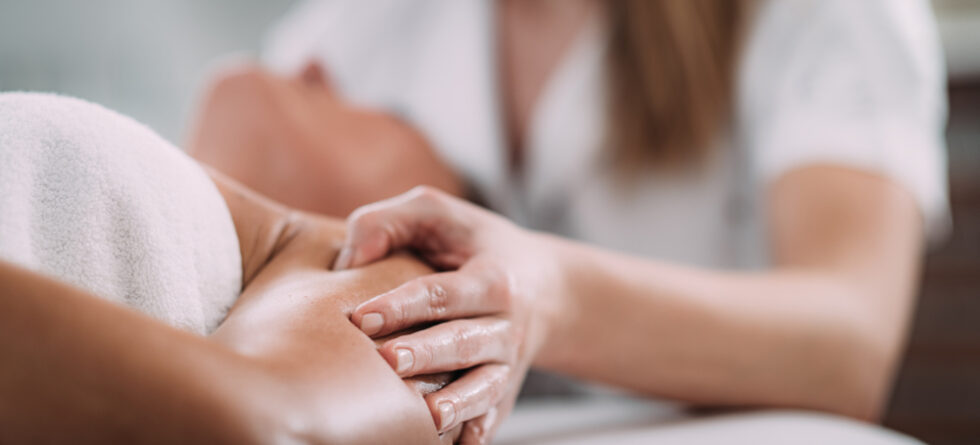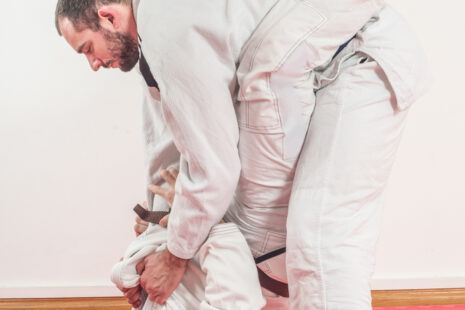Massaging a hurt shoulder can be beneficial in many cases, offering relief from pain, reducing muscle tension, and improving range of motion. It’s crucial to approach massage carefully, considering the cause and severity of the shoulder injury.
Here’s what you need to know about massaging a hurt shoulder, including when it’s beneficial, what to avoid, and how to perform a safe massage…
Benefits of Massaging a Hurt Shoulder
- Pain Relief – Gentle massage can help alleviate pain by increasing blood flow to the area, which brings nutrients and oxygen that aid in healing.
- Reduced Muscle Tension – Massage helps relax tight muscles around the shoulder, reducing discomfort and improving flexibility.
- Improved Mobility – By loosening the muscles and connective tissues, massage can enhance the shoulder’s range of motion, making daily activities easier.
Important Considerations
- Consult a Professional – Before massaging a hurt shoulder, it’s advisable to consult with a healthcare professional, especially if the injury is recent or severe. Certain conditions, such as fractures or dislocations, require medical treatment and could be worsened by massage.
- Recognize When to Avoid Massage – If the shoulder area is swollen, bruised, or acutely inflamed, massage may need to be postponed to avoid exacerbating the injury.
- Gentle Approach – Start with a light touch and gradually increase pressure as tolerated, avoiding any movements that cause pain or discomfort.
Techniques for Massaging a Hurt Shoulder
1. Warm-Up the Area
- Gentle Strokes – Begin with soft, gentle strokes to warm up the shoulder area. This can help relax the surface muscles and prepare them for deeper massage.
2. Apply Pressure Gradually
- Kneading – Once the muscles are warmed up, use your fingers and palms to apply more pressure and gently knead the muscles around the shoulder. Focus on any areas that feel particularly tight or sore.
- Circular Motions – Use your fingertips or thumb to make small, circular motions around the shoulder, especially in areas of tension. This can help break up knots and relieve muscle stiffness.
3. Stretching
- Gentle Stretches – After massaging the muscles, incorporate some gentle stretches to improve flexibility and range of motion. Move within a pain-free range, holding each stretch for 15-30 seconds.
4. Use of Tools
- Massage Ball or Roller – For hard-to-reach areas, a massage ball or foam roller can be used to apply pressure. Lean against a wall with the ball placed between your shoulder and the wall and gently move to massage the area.
Massaging a hurt shoulder can offer significant relief and aid in the recovery process, provided it’s done carefully and appropriately for the injury. Consulting with a healthcare professional before starting massage therapy is crucial to ensure it’s safe for your specific condition. By combining gentle massage techniques with professional guidance, you can effectively manage shoulder pain and work towards a quicker recovery.




